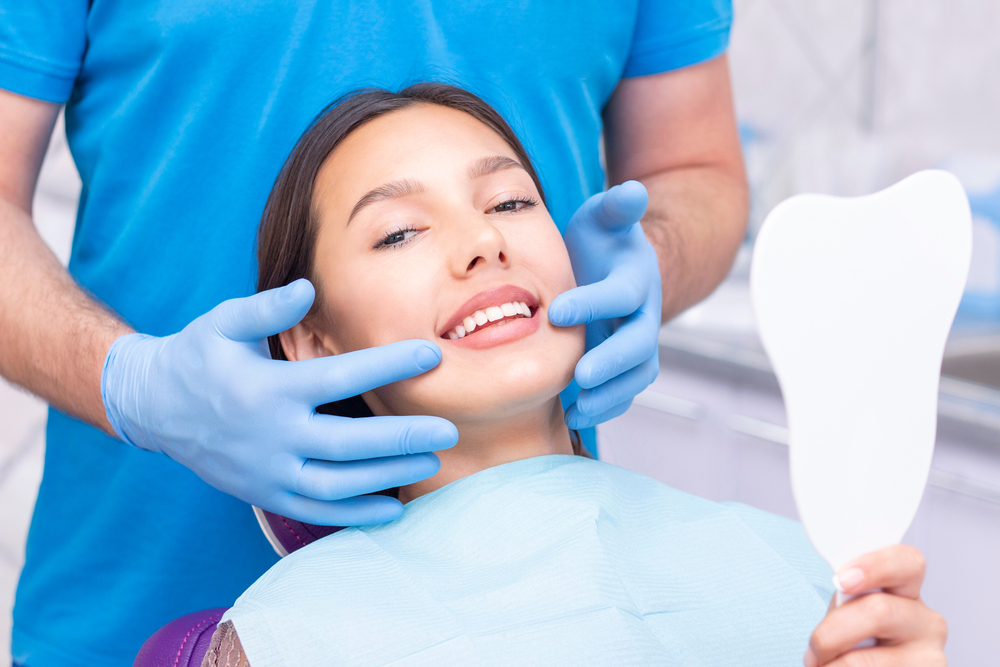When it comes to dental restorations, crowns are a popular choice for protecting and enhancing damaged or decayed teeth. Among the options available, zirconia crowns and porcelain crowns are two of the most commonly recommended by dentists. Both materials have their unique benefits, but how do they compare in terms of durability and aesthetics? This guide will explore these differences to help you make an informed choice about your dental restoration.
What Are Zirconia Crowns?
Zirconia crowns are made from zirconium dioxide, a strong, biocompatible material known for its durability and resistance to wear. They are often favoured in modern restorative dentistry due to their strength and natural tooth-like appearance.
Key Features of Zirconia Crowns
- High resistance to cracking and chipping
- Can be milled into a single solid piece
- Suitable for patients with metal allergies
- Durable enough for molars and areas requiring strong bite force
What Are Porcelain Crowns?
Porcelain crowns are crafted from layered ceramic materials that mimic the translucent appearance of natural enamel. These crowns have long been a standard in restorative dentistry, particularly for teeth in visible areas.
Key Features of Porcelain Crowns
- Excellent aesthetic qualities, closely resembling natural teeth
- Less durable than zirconia, but ideal for front teeth
- May require more maintenance over time due to fragility
Comparing Zirconia Crowns and Porcelain Crowns
Both zirconia crowns and porcelain crowns offer unique advantages and considerations. Let’s break them down across key factors:
1. Durability
- Zirconia Crowns:
Known for their exceptional strength, zirconia crowns are virtually unbreakable under normal chewing forces. They are highly resistant to wear, making them a long-lasting choice for molars and other teeth subjected to significant pressure. - Porcelain Crowns:
While beautiful, porcelain is more fragile than zirconia and prone to chipping or cracking over time. For this reason, they are often used in less demanding applications, such as front teeth.
Winner: Zirconia crowns
2. Aesthetics
- Zirconia Crowns:
Zirconia crowns offer a natural appearance, but their opacity can sometimes make them less lifelike compared to porcelain in highly visible areas. However, advancements in layered zirconia have improved their aesthetics significantly. - Porcelain Crowns:
Porcelain crowns excel in mimicking the translucence and colour variations of natural teeth, making them a top choice for visible teeth. Their ability to blend seamlessly with surrounding teeth is unmatched.
Winner: Porcelain crowns (for highly visible teeth)
3. Biocompatibility
- Zirconia Crowns:
Highly biocompatible, zirconia is less likely to cause allergic reactions or irritation. This makes it an excellent choice for patients with sensitivities to metals or other dental materials. - Porcelain Crowns:
Porcelain is also biocompatible but may cause minor wear to opposing teeth due to its rougher surface.
Winner: Zirconia crowns
4. Cost
- Zirconia Crowns:
The strength and durability of zirconia make it a premium option, often resulting in higher costs compared to porcelain. - Porcelain Crowns:
Porcelain crowns tend to be more affordable, though costs can vary based on the specific type and application.
Winner: Porcelain crowns (more budget-friendly)
5. Longevity
- Zirconia Crowns:
With proper care, zirconia crowns can last 15-20 years or more. Their resistance to wear and fracture makes them a long-term solution. - Porcelain Crowns:
While still durable, porcelain crowns typically last 10-15 years before needing replacement. Their fragility means they may not withstand prolonged heavy use.
Winner: Zirconia crowns
Situations Where Each Crown Excels
When to Choose Zirconia Crowns:
- You need a durable solution for molars or teeth under heavy pressure.
- You have allergies to metals or other dental materials.
- You prioritise longevity over initial costs.
When to Choose Porcelain Crowns:
- You need a highly aesthetic restoration for front teeth.
- You’re seeking a more budget-friendly option for less demanding areas.
- You prefer a natural, translucent appearance.
The Role of Crowns in Restorative Dentistry
Both zirconia crowns and porcelain crowns play essential roles in restorative dentistry. Crowns protect damaged teeth, improve chewing function, and enhance the appearance of your smile. Discussing your specific needs with your dentist will ensure you choose the material that best suits your lifestyle and oral health.
Care Tips for Crowns
Regardless of the material you choose, proper care is essential to maximise the lifespan of your crown:
- Maintain Good Oral Hygiene
Brush twice daily and floss regularly to prevent plaque buildup around the crown. - Avoid Hard Foods
Chewing ice, hard candies, or using your teeth as tools can damage your crown. - Schedule Regular Dental Check-Ups
Routine visits allow your dentist to monitor the crown’s condition and address any issues promptly. - Wear a Night Guard if Needed
If you grind your teeth at night, a night guard can protect your crown from excessive wear.
Both zirconia crowns and porcelain crowns are excellent choices for restoring damaged teeth, each with distinct strengths. Zirconia excels in durability and longevity, while porcelain offers unmatched aesthetics for visible areas.
By consulting your dentist and considering your priorities—whether it’s durability, appearance, or cost—you can confidently choose the crown that best suits your needs. Whichever option you select, investing in your dental health will give you a functional, beautiful smile for years to come.

